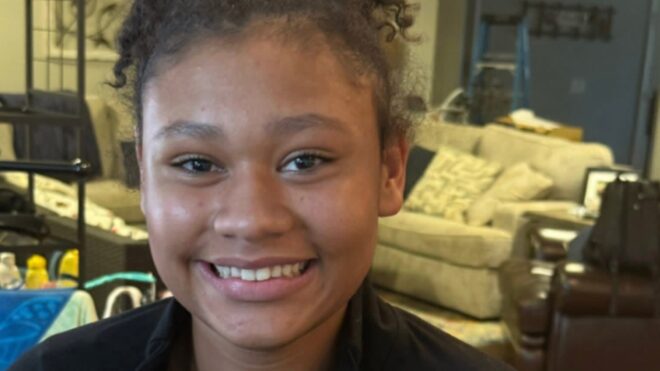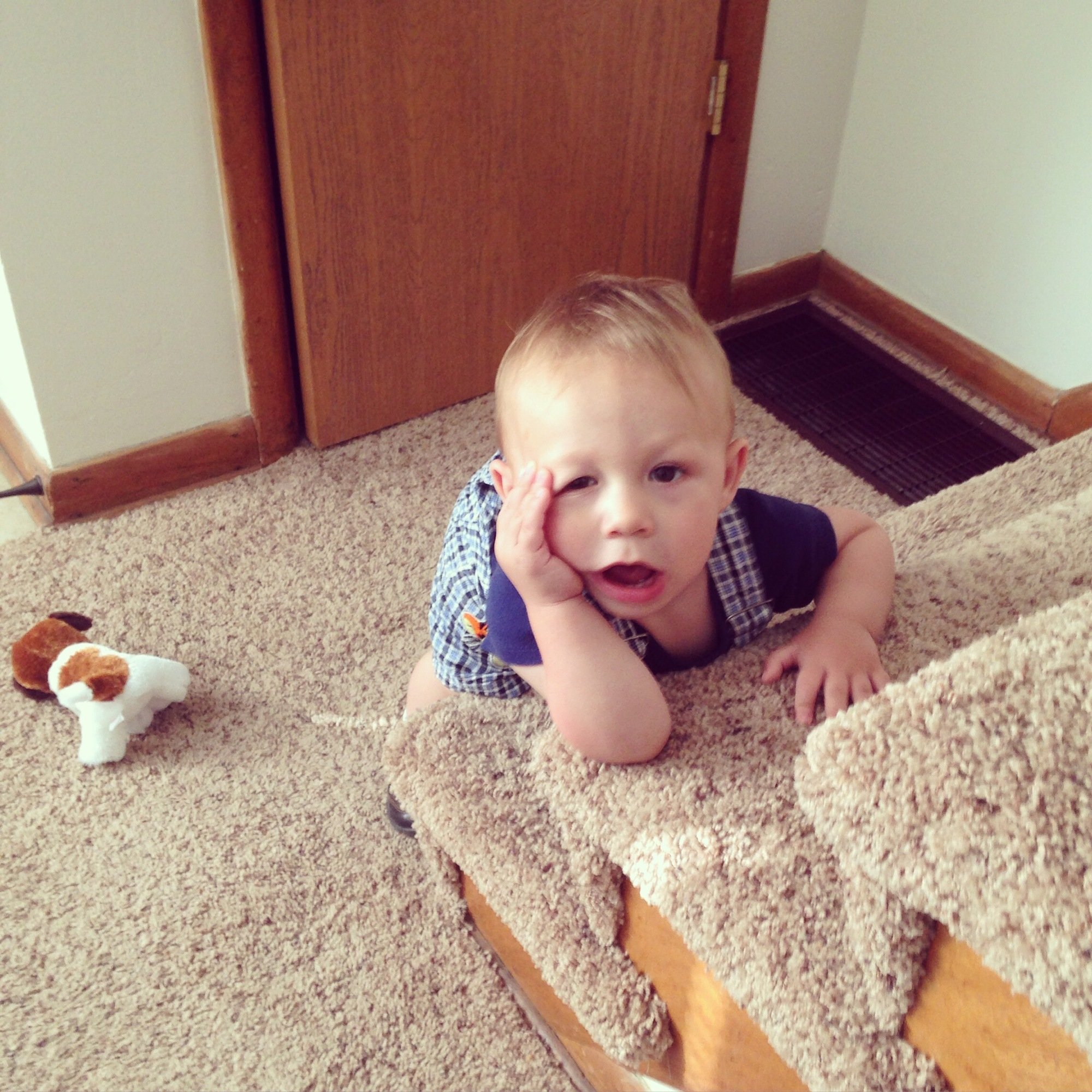
There are so many hazards that can arise around the home and neighborhood — and they're especially scary for parents. We love our kids, but being a parent means knowing that we live with tiny (and increasingly not-so-tiny) humans who have extremely poor decision-making skills. This isn't a dig on our kids — it's normal for kiddos to not really have a sense of what's going to hurt them. Curiously inserting a fork into a light socket? Definitely something that's appealing to toddlers. Although we try to avoid being paranoid about every little thing, there's a fine line for parents between "paranoia" and "extremely reasonable concern the kids are going to do something unbelievably stupid." Even cautious kids are definitely accident- and injury-prone — far more so than adults — so being aware of potential common hazards is just a good idea.
Once we have a sense of the dangerous lurking in our homes and neighborhoods — which include everything from potential electrical fires to high-risk foods that kids should avoid eating — it's time to create action plans to protect our families from harm. In some instances, this can be as simple as replacing frayed wires and making sure outlets aren't being overloaded (which can be hard these days because it seems we all have lots of electronics plugged into every outlet). For bigger issues, however, it's always a good idea to create a family emergency plan. Check out these ideas for creating a family emergency plan, which can help prepare the family in the event of a dangerous situation but without terrifying them into thinking that anything bad is likely to happen. It's just safer to have a plan in place! Relatedly, take a look at the biggest mistakes people make around water, which is appropriate for anyone whose family enjoys swimming or boating, as well as those who haven't learned to swim. Water can be dangerous for us all.
House Fires
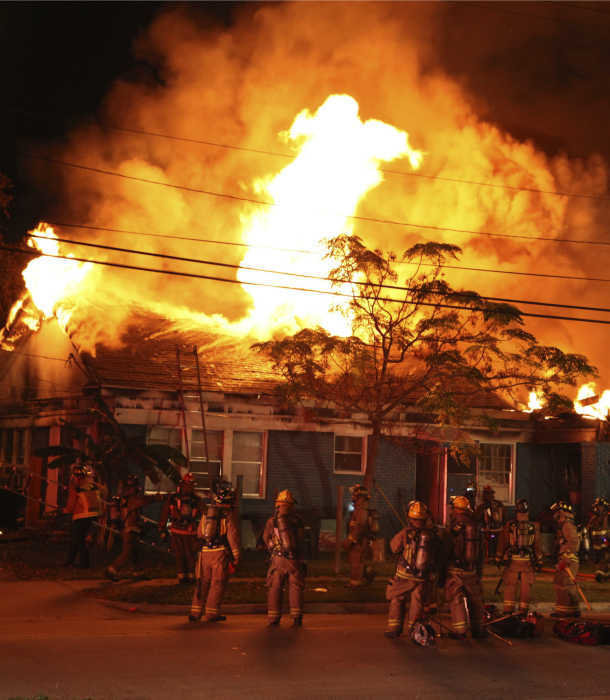
The last thing we want to worry about is someone getting hurt in our house. This is doubly so for those who have children. Some common household hazards increase risk for injury or death. Luckily, a little prevention can help keep us safe. Better prevention has lowered the number of house fires in the last decade, though there were still more than 1.3 million in 2017, causing 3,400 deaths and more than 14,000 injuries. Preventing injury and death from house fires means installing smoke detectors — and replacing the batteries once a year.
Unattended Candles

Unattended candles or ones placed unsafely near curtains, papers, or other highly flammable materials, are responsible for thousands of home fires, often due to falling asleep before putting them out. Candles should never be left to burn into the night. They should be contained in a well-fitting holder and clear of fabrics, aerosols, or other flammables in a well-ventilated room.
Electrical Fires
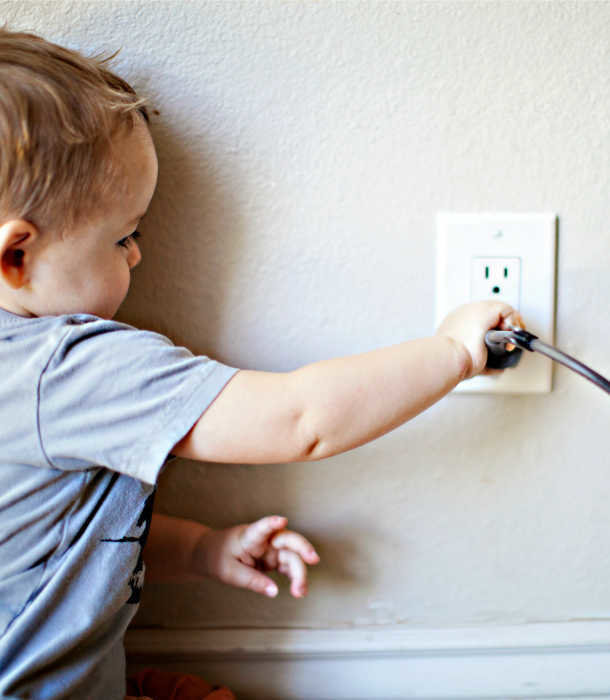
Electrical fires caused by small appliances can be prevented by unplugging items not in use. Also, check plugged-in items frequently for frayed wires, which, if discovered, should be disposed of or fully repaired. Finally, overloading outlets creates a safety hazard. If a plug doesn't fit on the power strip, consider plugging in items only as needed.
Carbon Monoxide Poisoning
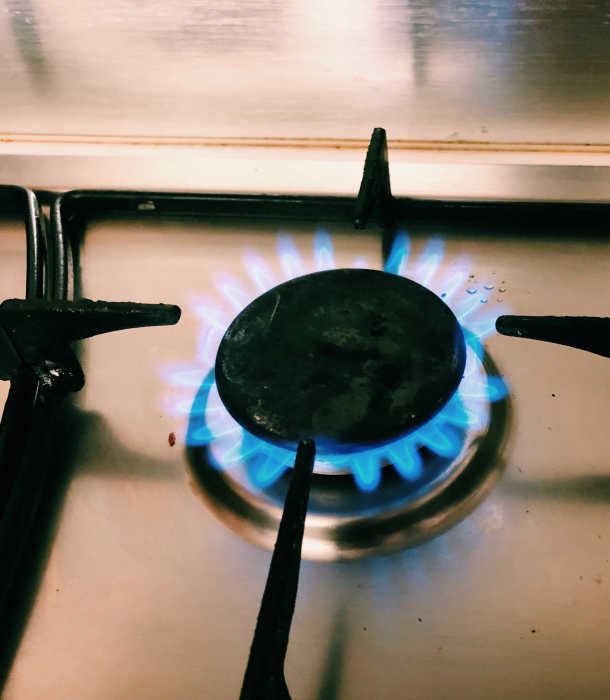
There are several hundred deaths from carbon monoxide poisoning every year, a risk in most homes and one that, with certain preventions, can be mitigated. Installing a carbon monoxide detector — which is different from a smoke detector (though they look similar) — will alert a family if levels of carbon monoxide in the home rise to unsafe levels. Keeping gas appliances, such as stoves, ovens, water heaters, and dryers well-maintained also lowers the risk of gas leaks.
Yard and Garden Tools
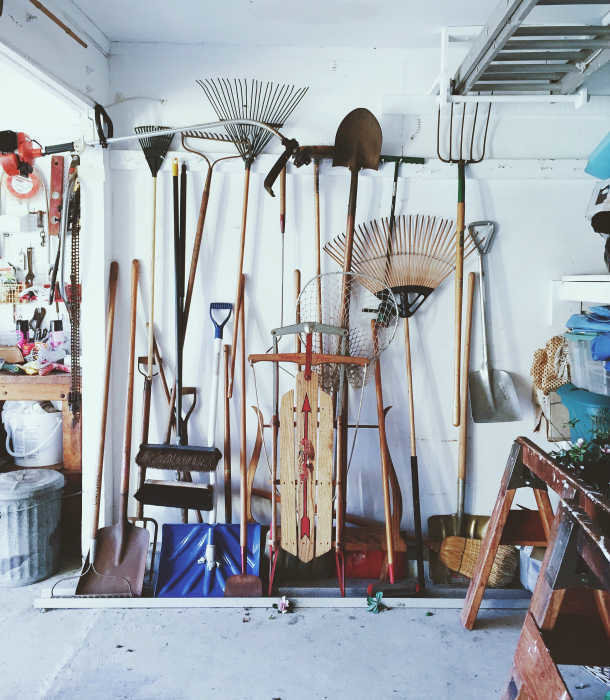
Yard and garden tools can be hazardous if left lying around in the yard. The edge of a hoe and clippers are sharp and, if stepped on, could cause a serious cut. Rake tines are sharp and pointed, as is the corner of a shovel or the tip of a spade. Storing them upright in a shed or the garage will keep the family from getting injured when roaming around the yard.
Falls
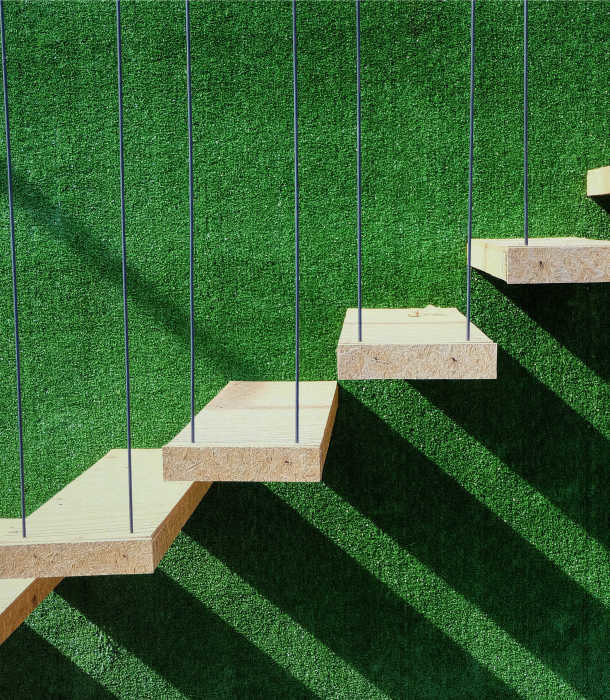
All of us are at risk for falling, but those who are 65 and older are even more so. One out of five falls causes serious injury but most are preventable. Staircases should have sturdy handrails, good lighting, and solid, well-secured planking. Outdoor steps should be kept clear of debris, such as damp leaves, ice, and snow. Rough grippers should be used in outdoor or indoor stairs that tend to be slick either because of the materials or from worn wood. Use baby gates to prevent young children from accessing staircases.
Bathroom Slips
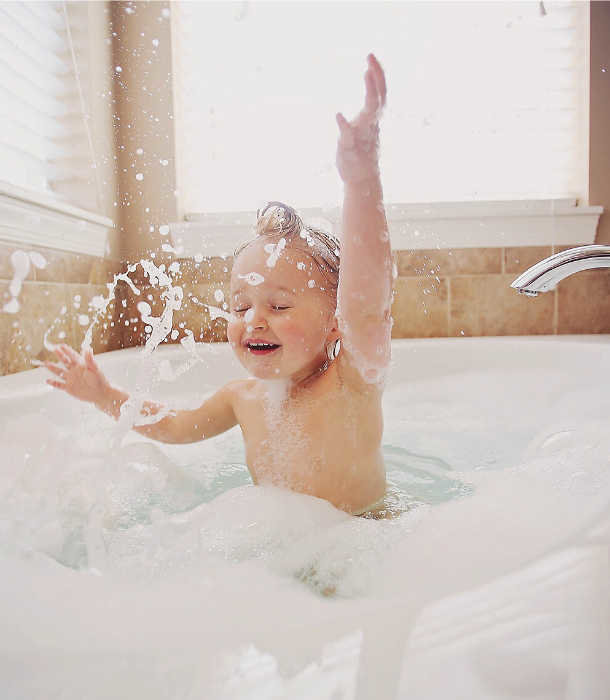
Bathrooms are often the most dangerous room in the house. Water and slick tiles create an environment where it's easy to slip and fall. Although many injuries occur on the toilet, most happen in and around the tub or shower — more than four times as often when getting out of the shower as opposed to stepping in. Injuries in or near the bathtub or shower make up more than two-thirds of visits to the ER. Grab bars, no-slip rugs, and tape, as well as avoiding baths and showers for anyone who's been drinking, are some ways to lower risk.
Scattered Toys
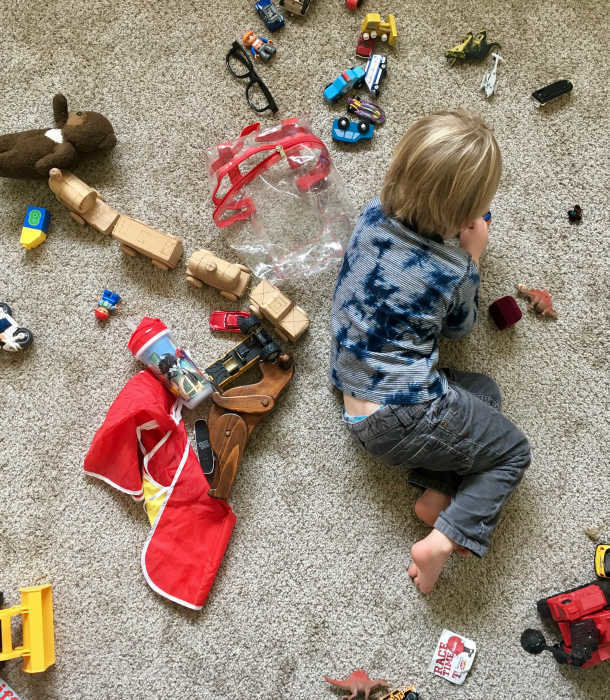
There's nothing like the stabbing pain of a Lego piece between our toes to make us want to do a deep clean in the toy room. But certain toys are an even bigger safety hazard. Skateboards, wooden balls, and miniature cars can send us flying if we step on them unintentionally, putting us at risk for head or limb injuries. Prevention is a matter of training the kids to clear the floor and put everything away when they're done playing.
Tiny Toys
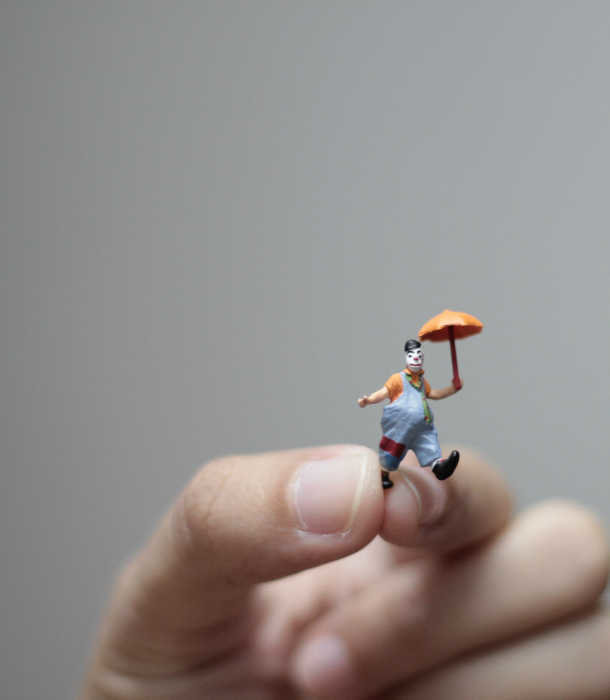
Some toys are particularly hazardous for children 3 and younger. Young children, from babies to toddlers, like to put things in their mouths. Toys with tiny removable parts can get easily lodged in their throat and inhibit breathing. Put toys that could be choking hazards out of reach of little ones. If they belong to older siblings, explain the risk and ask them to play with the toys in a separate room.
High-Risk Foods

Choking is the fourth-leading cause of death for children younger than 5. Certain foods, including otherwise healthy ones, present choking hazards for young children. Foods such as grapes, peanuts, apples, cheese, and other difficult-to-chew items (such as meat and bread) should be cut into small chunks. Children should not be left alone when they eat. Parents and caregivers should also be trained on the basics of assisting a child who is choking.
Drowning
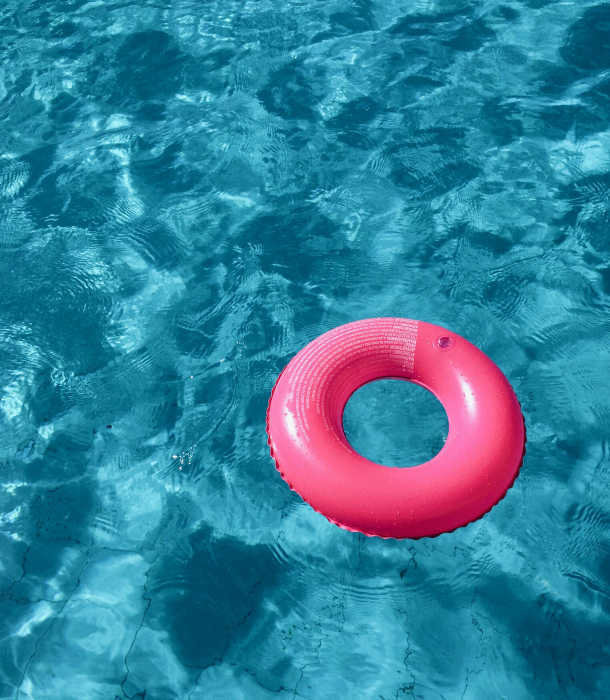
Drowning is a problem around the globe. It claimed an estimated 360,000 lives worldwide in 2015 and is the third leading cause of injury-related death. Most at risk are children, men, and those with lots of water access. Everyone should wear life vests when out on open water on individual boats, such as kayaks or canoes, and smaller vessels, such as speedboats and sailboats. Gates and fences should be erected around home pools if there are children present. No child should be left unsupervised at or near a pool. For those who are or will be around water, swimming lessons are also an effective step in lowering the risk of death by drowning.
Burns
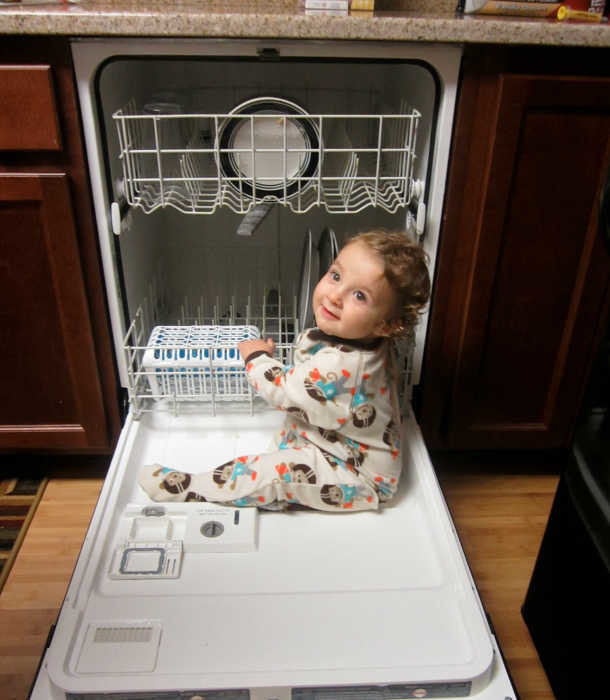
More than a million burns are treated every year in the US, with causes ranging from house fires to fireworks to bad sunburns. Although children should be kept away from obvious culprits, such as stoves and ovens, there are other potential burn hazards in the house. The dishwasher is just one example. Rising steam can cause serious burns, particularly for toddlers whose faces are at the height of the sides and door. Other burn culprits include some appliances, such as irons, toasters, or toaster ovens, or even a recently used burner.
Poison

Our homes are filled with poisons, but that doesn't mean we're always in harm's way. With some prevention, we can live safely alongside chemicals that make our lives easier. Store chemicals away from food and beverage items, preferably in a locked cabinet, if there are young children in the home.
Medicines
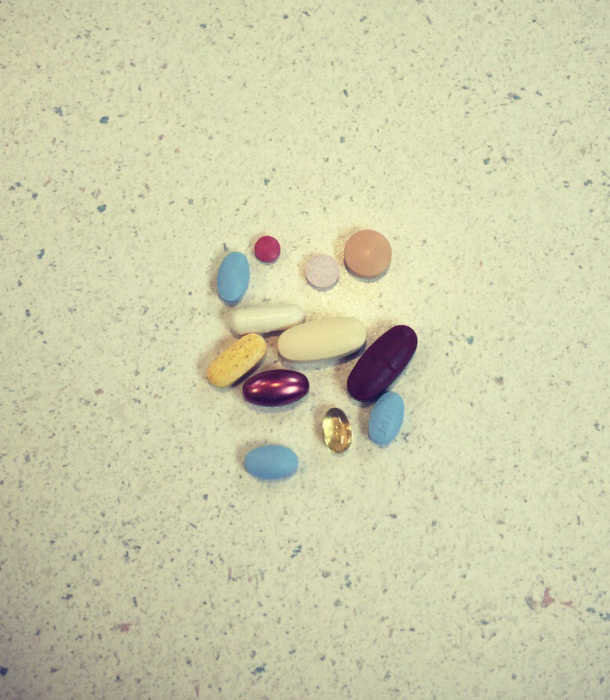
Medicines, cosmetics, and other health and beauty aids pose a hazard if ingested. These items can be especially confusing for small children, who watch adults put them in and on their mouths, on their faces, and near their eyes. Storing them in a difficult-to-reach cabinet or in a separate bathroom is an effective way to prevent accidental poisoning and boost health and safety in the home.
Cuts
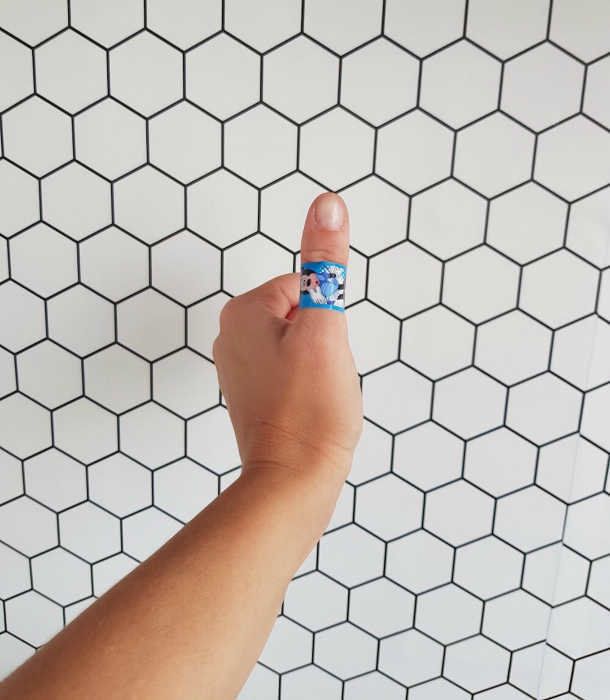
It's easy to get cut at home, especially for anyone who does the cooking. But some cuts are more serious than others and should be treated differently. Learning the best methods for cutting vegetables and fruits, using the safety guard on the mandoline, and (counterintuitively) making sure the knives are sharp can prevent the most serious cutting accidents. Knives and other cutting tools should be kept in locked drawers so children can't get ahold of them unsupervised. That also goes for other sharp objects, such as the "good scissors" and any knives used for crafting or scrapbooking.


